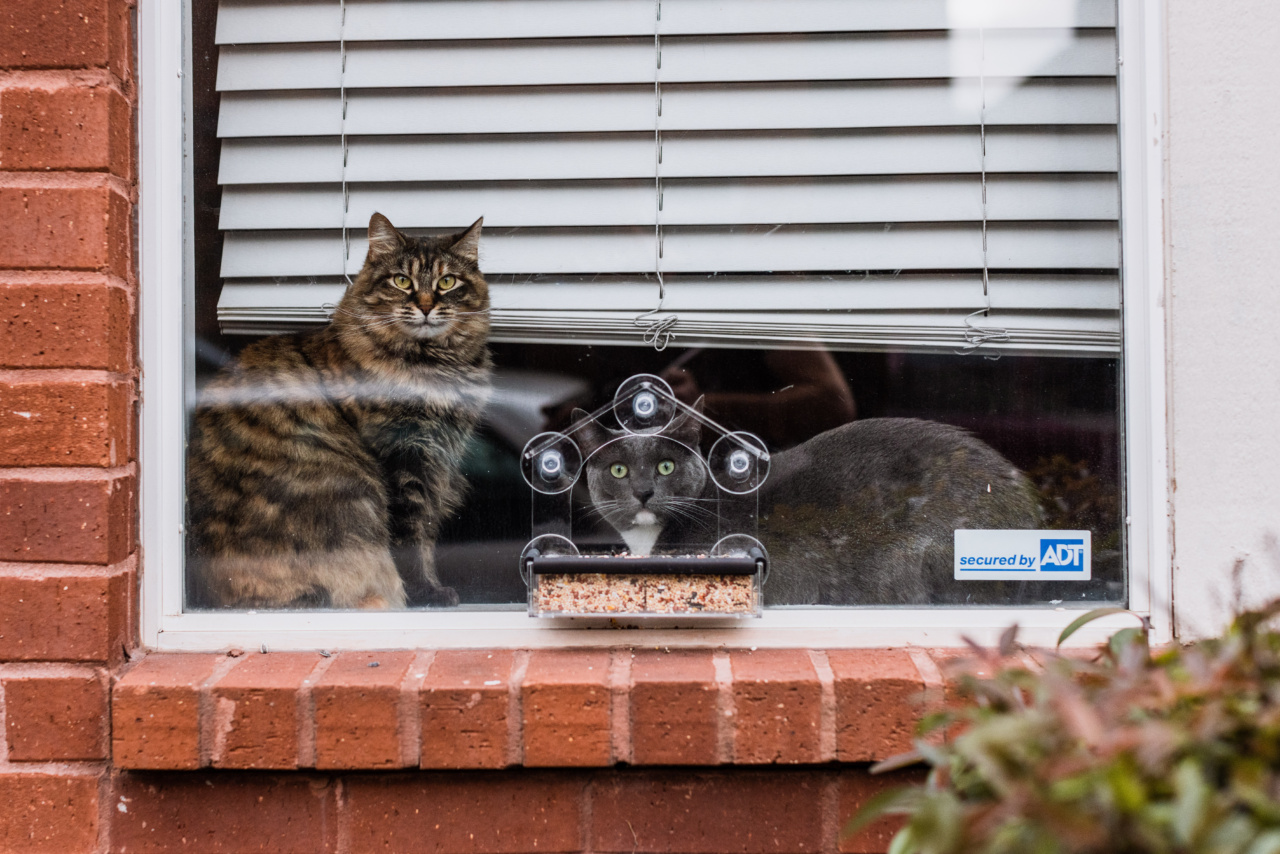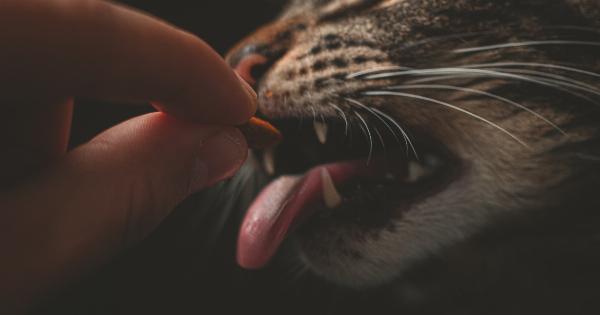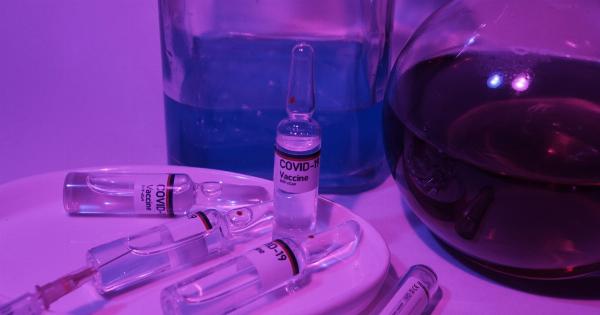Urolithiasis, commonly known as urinary bladder stones, is a medical condition that affects feline health. These stones can obstruct the urinary tract, resulting in pain, discomfort, and potential complications.
As a responsible cat owner, understanding the causes, symptoms, and treatment options for urolithiasis is crucial in ensuring your feline friend’s well-being. In this article, we will delve into the various aspects of treating urolithiasis in cats.
What Causes Urolithiasis in Cats?
Urolithiasis in cats occurs when minerals or crystals, such as calcium oxalate or struvite, accumulate and form stones in the urinary tract. Several factors contribute to the development of these stones, including:.
Dietary Influences
The diet plays a significant role in the formation of urinary bladder stones in cats. Feeding your cat a high-mineral diet or one that lacks essential nutrients can increase the risk of urolithiasis.
Additionally, insufficient water intake can concentrate urine, facilitating stone formation.
Infection and Inflammation
Infections and inflammation within the urinary tract can lead to the development of urolithiasis. Bacterial infections, such as feline lower urinary tract disease (FLUTD), can cause an increase in urinary pH levels, making it easier for stones to form.
Anatomical Abnormalities
Certain anatomical conditions can predispose cats to urolithiasis. For example, some cats may have narrow urethras or urethral strictures, making it more difficult for urine to flow freely, leading to stone formation.
Recognizing the Symptoms of Urolithiasis in Cats
Identifying the signs and symptoms of urolithiasis in cats is crucial for prompt diagnosis and treatment. Some common indications of urinary bladder stones include:.
1. Frequent Urination
If your cat is frequently using the litter box, attempting to urinate without success, or producing only small amounts of urine, it could be a sign of urolithiasis. Straining during urination is another concerning symptom to watch out for.
2. Blood in Urine
Visible blood in your cat’s urine, ranging from slightly pink to deep red, is a red flag for urolithiasis. Blood may indicate irritation or damage to the bladder or urinary tract caused by the stones.
3. Pain and Discomfort
Cats with urolithiasis may experience discomfort or pain while urinating. They may show signs of agitation, restlessness, or vocalization during bathroom visits.
4. Lethargy and Loss of Appetite
Urolithiasis can cause cats to feel unwell, leading to decreased energy levels and loss of appetite. If your cat exhibits these signs in combination with any of the mentioned symptoms, prompt veterinary attention is essential.
Diagnosis and Treatment Options
When diagnosing urolithiasis, your veterinarian will perform a thorough physical examination and may recommend additional tests, including:.
1. Urinalysis
A urinalysis helps identify the presence of crystals, blood, or abnormal levels of certain substances in the urine, providing clues about the potential existence of bladder stones.
2. X-rays and Ultrasounds
Imaging techniques such as X-rays and ultrasounds allow veterinarians to visualize the size, location, and composition of urinary bladder stones, aiding in proper treatment planning.
3. Blood Tests
Blood tests are performed to evaluate kidney function and overall health status. Elevated levels of certain substances in the blood can suggest underlying complications related to urolithiasis.
Treatment Options for Urolithiasis
Once diagnosed, there are several treatment approaches for urolithiasis in cats:.
1. Dietary Modification
If the stones are small and can be dissolved, your veterinarian may recommend a special therapeutic diet designed to alter urinary pH levels, reduce stone formation, and promote dissolution.
2. Medications
Prescription medications can be used alongside dietary modification to dissolve certain types of stones. These medications help change the chemical composition of the urine, making it less conducive to stone formation.
3. Surgical Intervention
In more severe cases or when stones cannot be dissolved through non-surgical methods, surgical removal may be necessary.
Veterinarians typically perform procedures like cystotomy, which involves making an incision into the bladder to extract the stones.
4. Minimally Invasive Techniques
Advancements in veterinary medicine have led to the development of minimally invasive techniques to remove urinary bladder stones.
Procedures like laser lithotripsy use laser energy to break the stones into smaller fragments, allowing for easier removal.
Prevention of Urolithiasis
Preventing the recurrence of urolithiasis is crucial for maintaining your cat’s long-term urinary health. Some preventive measures include:.
1. Hydration
Ensure your cat has access to fresh water at all times to encourage regular hydration. This helps dilute urine and flush out potential crystals before they form into stones.
2. Balanced Diet
Feed your cat a well-balanced, veterinarian-recommended diet that is low in minerals, especially those that contribute to stone formation. Consult with your veterinarian to identify the most suitable diet for your cat’s specific needs.
3. Regular Veterinary Check-ups
Schedule regular veterinary check-ups to monitor your cat’s urinary health. Routine examinations and preventive measures, such as urine testing, can help detect any early signs of urolithiasis before complications arise.
Conclusion
Urolithiasis in cats can be a distressing condition, but early recognition and proper treatment can help alleviate pain, discomfort, and potential complications.
Familiarize yourself with the symptoms, consult with your veterinarian, and follow the recommended treatment options to ensure your feline friend’s urinary health. By understanding the causes, symptoms, and preventive measures, you can play an active role in preventing and managing urolithiasis in your beloved cat.





























